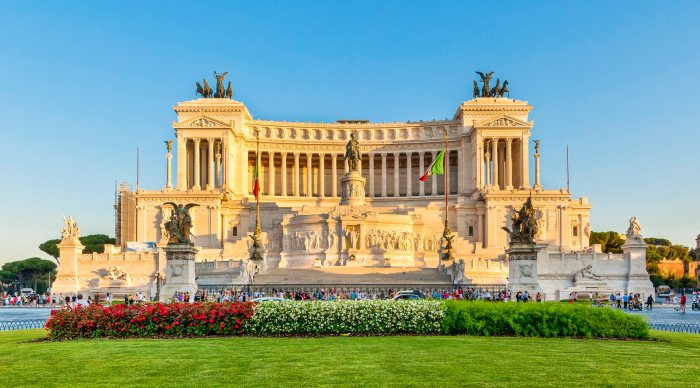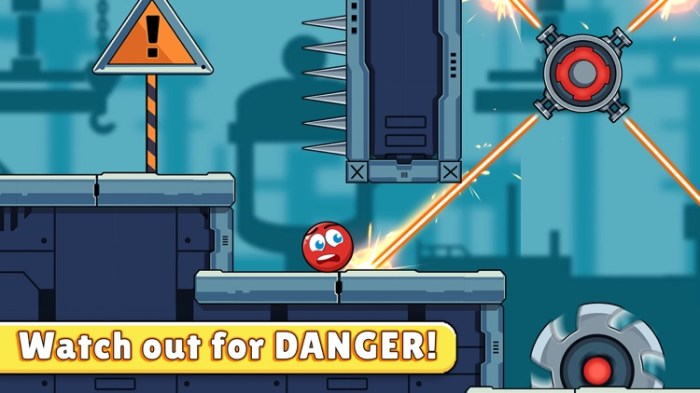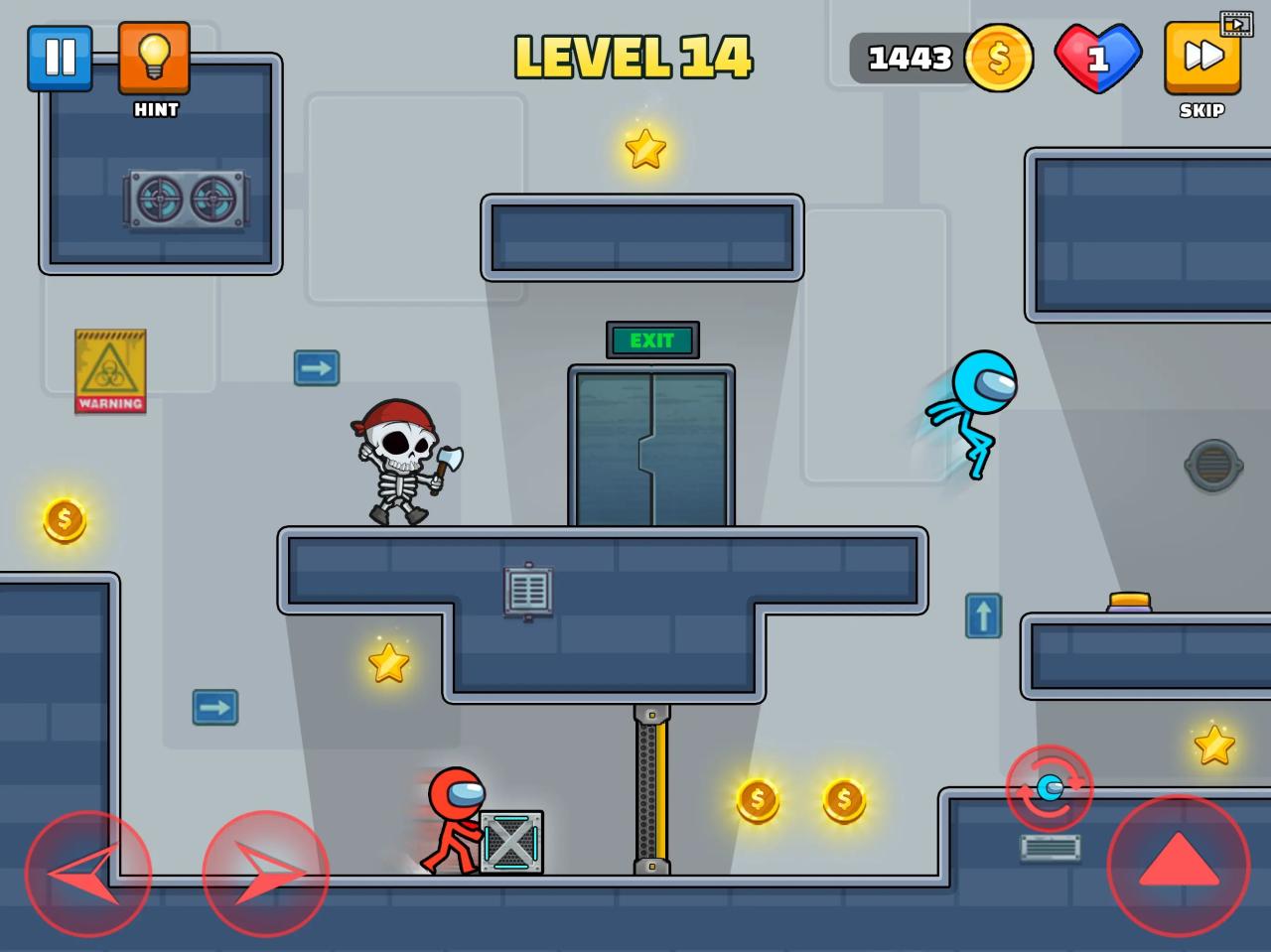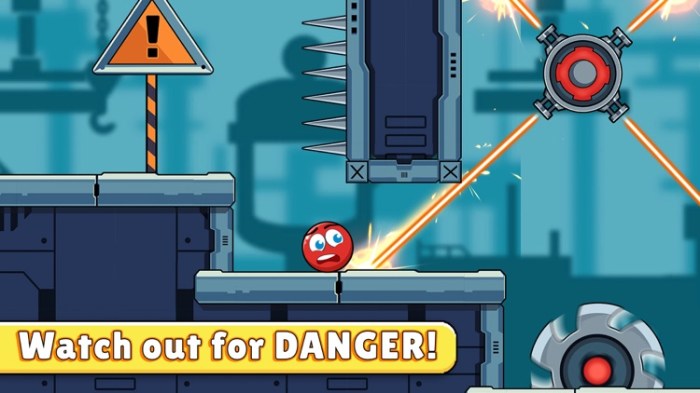Rome Papal Conclave tips for visitors: Planning a trip to Rome during a Papal Conclave requires careful consideration. This guide provides a comprehensive overview, covering everything from detailed schedules and transportation options to essential documents and security procedures. It also delves into the historical significance of the Conclave, offering insights into the unique atmosphere of Rome during this significant event.
Prepare for a journey that combines historical immersion with practical planning.
Understanding the process, potential disruptions, and the best ways to navigate the city during this period will help you make the most of your experience. From the intricate details of the Conclave itself to practical tips for getting around and enjoying the city, this guide provides valuable insights.
Planning Your Visit
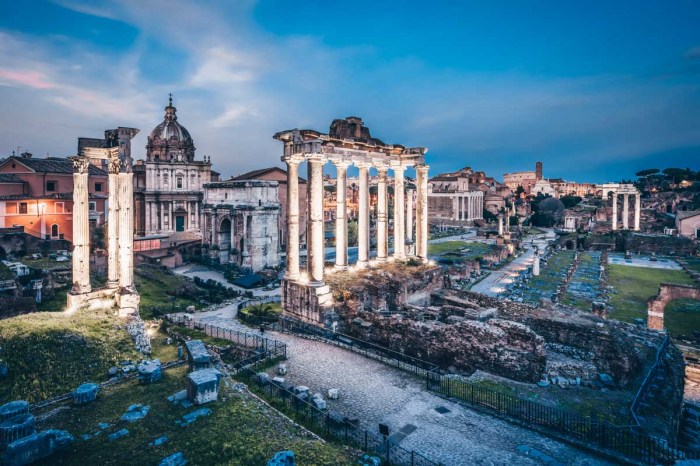
Preparing for a Papal Conclave in Rome requires careful planning. The unique atmosphere and potential crowds necessitate a structured approach to maximize your experience while minimizing stress. This guide offers practical advice on scheduling, transportation, accommodation, and budgeting to ensure a smooth and memorable visit.
Detailed Visit Schedule
A visit during a Papal Conclave necessitates a flexible schedule. The duration and specifics of the conclave are unpredictable. It is advisable to prioritize key Vatican City sites, allowing for potential delays or changes in the schedule. Consider allocating ample time for queueing, especially at popular attractions.
- Day 1: Arrival and Vatican City Exploration (Morning). Visit St. Peter’s Basilica, the Vatican Museums, and the Sistine Chapel. Allow at least 3-4 hours for each site. Adjust timings based on anticipated crowds.
- Day 2: Vatican City (Morning) and City Exploration (Afternoon). Visit St. Peter’s Square and explore the Vatican Gardens (if open). In the afternoon, consider a guided tour of the historic center, including the Pantheon and the Colosseum.
- Day 3: Departure (Morning). Allow for time to complete any remaining activities or shopping, and depart from Rome.
Transportation Options
Rome’s transportation network can be efficient, but the Papal Conclave period may bring about increased crowds and potential disruptions.
- Metro: The metro system is an economical and efficient way to navigate the city, though routes may need careful planning during high-traffic periods. Consider purchasing a multi-day pass.
- Buses: The bus network is extensive and covers various areas. Check bus routes and schedules carefully, as changes might occur.
- Taxis and Ride-sharing Services: Taxis and ride-sharing services are readily available. Expect higher fares during peak hours and potential delays due to traffic. Pre-booking or using apps for estimated fares is recommended.
Accommodation Options
Proximity to Vatican City and good transportation access are crucial for a smooth visit.
- Hotels near Vatican City: Hotels in the Prati or Monti neighborhoods provide convenient access to the Vatican and public transportation.
- Apartments and Hostels: These options often offer better value for money and more space, though they may be further from the immediate center of Vatican City.
Estimated Costs
The costs for accommodation, food, and activities during a Papal Conclave will vary based on choices. This table offers a general estimate.
| Item | Cost (Approximate) | Description | Notes |
|---|---|---|---|
| Accommodation (3 nights) | €150-€500 | Hotel room in Prati/Monti | Prices vary depending on the hotel and room type. |
| Food (3 days) | €100-€200 | Daily meals (mix of restaurants and cafes) | Adjust based on dietary preferences and choices. |
| Activities & Entrance Fees | €50-€150 | Vatican Museums, Colosseum, etc. | Entrance fees can vary. Consider purchasing a Roma Pass. |
| Transportation | €20-€50 | Metro, buses, taxis | Multi-day passes can be cost-effective. |
Understanding the Papal Conclave
The Papal Conclave, a deeply significant and historical process, holds the key to electing the next Bishop of Rome, the Pope. It’s a unique event steeped in tradition and procedure, often shrouded in secrecy and anticipation. This intricate process shapes the future leadership of the Catholic Church and has a profound impact on the city of Rome itself.The Conclave is more than just a vote; it’s a carefully orchestrated ritual that blends religious solemnity with practical political maneuvering.
Understanding its history, process, and potential impact is essential for anyone visiting Rome during a Conclave.
Historical Significance of the Papal Conclave
The Papal Conclave has evolved over centuries, reflecting shifting political landscapes and religious priorities. Initially, papal elections were often marred by political interference and violence. However, the development of more structured procedures aimed to limit these influences and ensure a more legitimate and peaceful outcome. This evolution has led to the process we know today, a powerful symbol of the Church’s internal decision-making process.
The Papal Conclave Process: From Start to Finish
The process begins with the death or resignation of the current Pope. A period of mourning and reflection follows, after which the College of Cardinals, the body of senior bishops who advise the Pope, convene in a specially designated location in Vatican City. The Cardinals are sequestered within the Vatican, physically and symbolically isolated from the outside world.
The Cardinals meet in a series of ballots until a candidate receives a two-thirds majority vote. Crucially, the voting process is kept secret to avoid outside pressures and ensure the election is based solely on the Cardinals’ judgment. The selection is traditionally done by secret ballot, with each ballot carefully recorded and examined. A unique and fascinating tradition is the physical locking of the doors of the Sistine Chapel, symbolizing the seclusion and focus of the election.
The process typically continues for several days, or even weeks, until a successful election is concluded. The announcement of the new Pope is a momentous occasion, relayed to the world through the famous papal chimney, which turns white when a Pope is chosen.
Potential Impact of the Conclave on Daily Life in Rome, Rome papal conclave tips for visitors
A Papal Conclave can significantly alter daily life in Rome. Expect increased security measures, temporary closures of certain areas, and adjustments to transportation schedules. The city often witnesses a significant increase in the presence of law enforcement and security personnel. Public transportation may be affected, and certain streets or squares might be temporarily closed to the public.
Restaurants and shops might alter their operating hours, and the atmosphere will be noticeably more subdued, reflecting the gravity of the occasion.
Comparative Analysis of Papal Conclaves
| Conclave Year | Outcome | Key Events | Impact on Rome |
|---|---|---|---|
| 1216 | Election of Honorius III | Marked by prolonged debate and maneuvering among factions. | Limited disruption due to the lack of widespread media coverage. |
| 1978 | Election of John Paul I | The election occurred quickly, marking a departure from previous lengthy processes. | A period of anticipation and excitement, with significant media attention. |
| 2005 | Election of Benedict XVI | Characterized by a long period of deliberation and a sense of uncertainty. | Increased security presence and media attention. |
| 2013 | Election of Francis | A significant shift in the style and tone of the papacy. | A notable change in the atmosphere and perception of the city. |
Practical Tips for Visitors
Preparing for a visit to Rome during a Papal Conclave requires careful planning, especially considering the unique circumstances and heightened security protocols. This period is a significant event for the Catholic Church, and visitors should be prepared for potential adjustments to daily routines and activities. Understanding the practicalities of travel and safety measures will ensure a smooth and respectful experience.Essential travel documents and visa requirements play a crucial role in facilitating a seamless visit.
The specifics often vary depending on the visitor’s nationality.
Essential Documents for Travel
To ensure a smooth travel experience, visitors should possess the following documents:
- Valid passport:
- Visa (if required):
- Confirmed flight and accommodation details:
- Proof of travel insurance:
- Copies of important documents:
A valid passport is crucial for entry into Italy. It must be valid for at least six months beyond the intended stay. Check specific passport validity requirements for your nationality.
International visitors may need a visa to enter Italy, and this requirement varies based on nationality and duration of stay. Consult the Italian embassy or consulate in your country for specific visa regulations. This is crucial, as incorrect or expired visas can lead to travel restrictions or refusal of entry.
Presenting confirmed bookings for travel and accommodation can streamline entry procedures, especially if required for security checks.
Travel insurance is essential for any trip. This is important for covering unforeseen medical expenses or lost belongings.
Planning a trip to Rome for the Papal Conclave? Don’t forget to factor in the crowds! While you’re researching the best spots to snag a good view, consider the unique lodging options available like the cozy and sustainable tiny home village glacier national park experience, a great contrast to the bustling city. Getting the right accommodations and transport is key for making the most of the experience, so book ahead! It’s all about strategic planning for a memorable visit to the Vatican.
It is recommended to carry copies of your passport, visa (if applicable), and other essential documents. Having backups of these documents will aid in the event of loss or damage.
Visa Requirements for International Visitors
Visa requirements for international visitors to Rome during a Papal Conclave are typically the same as for regular visits. However, visitors should consult the Italian embassy or consulate in their home country for specific guidance. Consulates are usually able to provide detailed information regarding the required documents and processes, including the necessary forms. The Italian government website also provides updated information on visa requirements.
Potential Security Measures
Security measures during a Papal Conclave can be substantial. Visitors should anticipate increased police presence and potential traffic restrictions or diversions around key locations. Specific security procedures may be implemented around St. Peter’s Square, the Vatican City, and other relevant areas.
Recommended Precautions for Visitors
Visitors should take the following precautions during a Papal Conclave:
- Check official announcements:
- Plan travel routes carefully:
- Be prepared for crowds:
- Follow instructions from authorities:
- Maintain awareness of surroundings:
Keeping abreast of official announcements from the Italian government, the Vatican, and local authorities is crucial. Official websites or social media channels are often the primary sources for timely information.
Potential road closures or diversions around significant areas could impact travel plans. Pre-planning alternative routes can be helpful.
Planning a trip to Rome for the Papal Conclave? Booking hotels with COVID-19 testing facilities should be a top priority for a smooth visit. Considering hotels covid 19 tests will ensure you’re prepared for any potential travel disruptions. Make sure you’re well-informed about the latest protocols and requirements before your journey. Pack light, and most importantly, have fun!
Expect large crowds, especially in areas surrounding the Vatican. Allow extra time for travel and consider using public transportation.
Strict adherence to instructions from law enforcement and security personnel is vital for safety and smooth operation. Following their directions will minimize disruptions.
Be mindful of your surroundings and report any suspicious activity to authorities. This is a crucial aspect of personal safety.
Experiencing Rome Beyond the Conclave
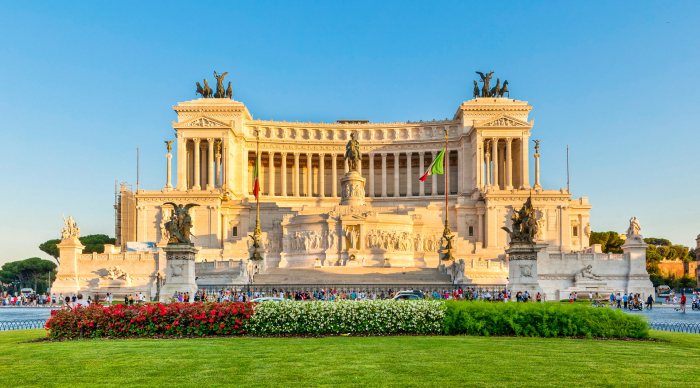
Rome, a city steeped in history and brimming with culture, offers a wealth of attractions beyond the momentous occasion of a papal conclave. Whether you’re a seasoned traveler or a first-time visitor, exploring the Eternal City promises an unforgettable experience. This section delves into the myriad delights that await, from iconic landmarks to hidden gems, ensuring a fulfilling trip regardless of the conclave’s schedule.Beyond the focus on the conclave, Rome provides an unparalleled opportunity to immerse oneself in its rich history, art, and culinary scene.
Visitors can enjoy the city’s unique charm, experiencing its timeless beauty and vibrant energy.
Key Attractions in Rome
Rome is a treasure trove of historical and artistic wonders. From the Colosseum’s echoes of gladiatorial contests to the Vatican City’s breathtaking masterpieces, every corner of the city whispers tales of the past. These attractions provide a captivating glimpse into the city’s profound heritage.The Colosseum, a testament to Roman engineering and spectacle, is a must-see. St. Peter’s Basilica, the heart of the Vatican City, showcases awe-inspiring architecture and religious art.
The Pantheon, a marvel of ancient Roman design, is a breathtaking example of architectural ingenuity. The Borghese Gallery and Museum, housing masterpieces by Bernini and Caravaggio, offers a refined artistic experience. The Trevi Fountain, a popular tourist destination, is a symbol of Roman charm and beauty.
Cultural Events and Activities
Rome boasts a vibrant cultural calendar, with numerous events and festivals throughout the year. These events provide an opportunity to experience the local culture firsthand and connect with the city’s soul. Events may overlap with the conclave schedule, providing additional opportunities for cultural immersion. Consider checking local listings for events that coincide with your visit.
Planning a trip to Rome for the Papal Conclave? Getting around can be tricky, so consider the best routes and transportation options beforehand. For a truly memorable experience, I’d highly recommend exploring some stunning natural beauty, like the lush forests featured in trip ideas nature travel most beautiful forests in the. Then, when you return to Rome, you’ll be even more prepared for the hustle and bustle of the conclave and the city itself!
Historical Sites Relevant to the Catholic Church
Rome is the epicenter of the Catholic Church. Many historical sites are directly linked to its development and significance. This includes the Vatican Museums, St. Peter’s Basilica, and the various churches and basilicas scattered throughout the city. These sites provide a profound insight into the history and evolution of the Catholic faith.
- Vatican City: The seat of the Holy See, home to numerous significant churches, museums, and palaces.
- St. Peter’s Basilica: The largest basilica in Christendom, a masterpiece of Renaissance architecture and a central pilgrimage site.
- Catacombs of Rome: Ancient underground burial sites, offering a glimpse into early Christian history.
- Basilica of Saint Paul Outside the Walls: A significant basilica outside the city walls, with a rich history dating back to the early Church.
Roman Cuisine and Dining
Roman cuisine is renowned for its simplicity, freshness, and hearty flavors. The city is home to a plethora of trattorias and restaurants offering authentic Roman dishes. Enjoy classic pasta dishes, hearty stews, and fresh seafood.
- Pasta Dishes: Cacio e pepe, Amatriciana, Carbonara are popular choices.
- Traditional Roman Dishes: Saltimbocca, supplì, and pasta alla gricia are local favorites.
- Tips for Dining During the Conclave: Reservations are highly recommended, especially during peak periods, to avoid disappointment. Be prepared for potential crowds and adjustments to restaurant schedules. Consider exploring neighborhood trattorias for authentic experiences. There may be increased demand and potential price fluctuations during the conclave period. Keep an eye on local news and restaurant websites for updated information.
Resources and Information
Planning a trip to Rome during a papal conclave requires thorough research and preparation. Knowing where to find reliable information is crucial for a smooth and informative experience. This section provides vital resources to help you navigate the process and make the most of your visit.
Official Websites for Information
Finding accurate and official information is key. Several websites provide details on the conclave and Rome itself. These sites offer essential background, logistical information, and potential updates.
- Vatican City website: Provides official announcements regarding the Holy See and the papacy, potentially offering updates on the conclave schedule and related events.
- Rome tourism websites: Offer information about the city, including transportation, accommodation, and local events. These can be invaluable for planning your travel logistics.
- Italian Ministry of Foreign Affairs website: Offers travel advisories and information on Italy, useful for understanding any potential travel restrictions or advisories specific to the time of the conclave.
Trusted News Sources for Conclave Updates
Staying informed about the conclave requires reliable news sources. International news outlets often provide comprehensive coverage of significant events.
- The Associated Press (AP): A global news agency with a broad reach, AP is a trusted source for international events, including the conclave.
- Reuters: Known for its extensive global coverage, Reuters provides reliable reporting on the conclave, potentially offering insights into the election process.
- Major international newspapers (e.g., The New York Times, The Guardian, etc.): These newspapers often dedicate significant resources to covering important events like the conclave, providing in-depth analysis and background information.
Travel Agencies and Tour Operators
Planning a trip to Rome can be simplified by using travel agencies specializing in trips to Rome. These agencies can provide comprehensive services, from booking accommodations to organizing tours.
- Local travel agencies: These agencies have intimate knowledge of Rome and can provide personalized travel experiences tailored to your needs, especially valuable if you’re interested in specific aspects of the city beyond the conclave.
- Specialized tour operators: Some tour operators focus on religious or historical tours. These operators may offer guided tours of significant churches or museums related to the Vatican and papal history, potentially offering unique insights into the conclave’s context.
Resources for Planning
This table provides a comprehensive list of resources, including websites, phone numbers, and email addresses.
| Category | Resource | Contact | Description |
|---|---|---|---|
| Official Vatican City | Vatican.va | N/A | Official site for Vatican updates, including announcements about the conclave. |
| Rome Tourism Board | Visit Rome | N/A | Offers comprehensive information on Rome, including accommodation, transportation, and attractions. |
| Italian Ministry of Foreign Affairs | esteri.it | N/A | Provides travel advisories, crucial for understanding any travel restrictions or advisories during the conclave. |
| Associated Press | apnews.com | N/A | Reliable source for global news updates, including potential coverage of the conclave. |
Visual Representation: Rome Papal Conclave Tips For Visitors
A Papal Conclave in Rome is a momentous event, deeply intertwined with the city’s history and spiritual significance. The atmosphere during this time is charged with anticipation and prayer, shaping the visual landscape of the city in profound ways. The visual representation of the conclave extends far beyond St. Peter’s Basilica, encompassing the entire urban fabric of Rome.The conclave is a time of intense focus and solemn reflection, impacting the city’s visual character in various ways.
Understanding these visual representations offers a richer perspective on the event itself and the broader context of Roman life.
St. Peter’s Basilica During the Conclave
St. Peter’s Basilica, the heart of the Vatican, transforms during a conclave. The vast interior, normally bustling with tourists, becomes a place of hushed reverence. Crowds thin, replaced by the solemn presence of cardinals, their faces etched with the weight of their responsibility. The atmosphere is one of profound stillness, punctuated only by the faint murmur of prayers and the rhythmic ticking of time.
The elaborate architecture of the basilica, with its soaring domes and intricate mosaics, takes on a new dimension, emphasizing its historical and spiritual importance. The lighting might be subtly adjusted to create a more subdued and reflective ambiance.
Vatican City During the Conclave
Vatican City, a sovereign state within Rome, experiences noticeable changes during the conclave. Security measures are heightened, with increased police presence and restricted access to certain areas. The flow of visitors is significantly reduced, and the usual tourist hustle and bustle are replaced by a more reserved atmosphere. The Vatican Museums, normally thronged with visitors, might see reduced attendance.
The city’s visual character shifts from a bustling tourist destination to a place of intense spiritual focus. One can anticipate fewer crowds in Vatican City squares, with the focus shifting towards the conclave’s proceedings.
Roman Streets During the Conclave
The streets of Rome are often vibrant and bustling, but during a conclave, they take on a different character. Expect to see increased security patrols and possible road closures near the Vatican. The crowds, while still present, will likely be more concentrated near the Basilica and the Vatican. There might be temporary restrictions on certain areas, creating diversions for traffic.
Local events and festivals might be postponed or cancelled to respect the solemnity of the occasion. Public transport, including buses and trams, might experience temporary delays due to traffic and security measures. Displays of religious iconography, such as flags or banners, may become more prevalent in the streets.
Transportation in Rome During the Conclave
Rome’s extensive public transportation system, including metro, buses, and trams, might experience adjustments during the conclave. Temporary delays or route changes are possible due to security and traffic management. Taxi services may be in higher demand, and surge pricing might be observed in certain areas. Alternative transportation, such as walking, might be a more viable option in areas with restricted access.
It is advisable to check for any official announcements or updates on transportation services to be well-prepared.
Closure
In conclusion, visiting Rome during a Papal Conclave offers a unique opportunity to experience a significant historical event. This comprehensive guide equips you with the knowledge and resources to plan a smooth and memorable trip. By understanding the schedules, potential challenges, and the city’s atmosphere, you can fully immerse yourself in the experience. Enjoy the journey!
